Nickname(s) "The Dark" Name Brendan Hughes | Battles/wars The Troubles Rank Officer Commanding | |
Brendan Hughes speaks openly about Sinn Féin
The Life of Brendan Hughes
Brendan Hughes (16 October 1948 – 16 February 2008), also known as "The Dark", was a leading Irish republican and former Officer Commanding (OC) of the Belfast Brigade of the Provisional Irish Republican Army (IRA). He was the leader of the 1980 Irish hunger strike.
Contents
- Brendan Hughes speaks openly about Sinn Fin
- The Life of Brendan Hughes
- Background
- IRA activity
- Initial prison escape
- Hunger strike
- Release
- References
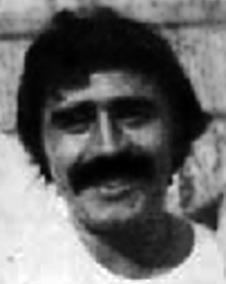
Background
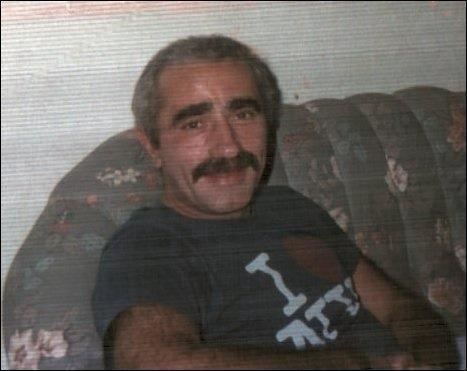
Hughes was born into a republican Catholic family from the Lower Falls Road area of Belfast, Northern Ireland. He was a cousin of Charles Hughes, who was the O/C of D Company in the Provisional IRA Belfast Brigade during the Falls Curfew, and was shot and killed in March 1971 by the Official Irish Republican Army during a feud between the Provisional and Official IRAs.
IRA activity
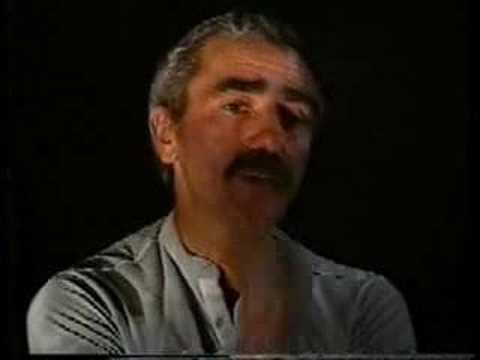
Hughes joined the Irish Republican Army in 1969, sided with the Provisional faction in the split of 1969–70, and was "on the run" in Belfast by 1970. From 1970 to 1972 Hughes was involved in a number of attacks on British soldiers and bank robberies to raise funds for the republican movement. Hughes was an excellent military strategist and was key to the IRA's early success in Belfast against the British Army especially in and around the Falls Road area of Belfast, sometimes carrying out along with his unit as many as five military operations a day against either the British Army or RUC.
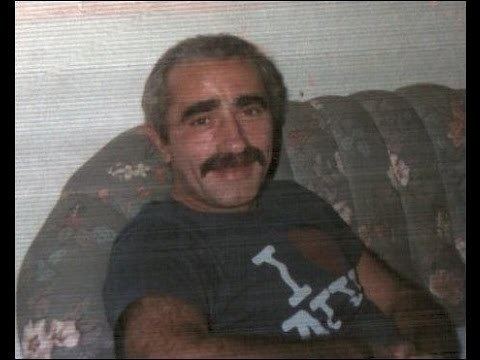
Hughes described his normal day during that period as "you would have had a call house [a safe meeting place] and you might have robbed a bank in the morning, done a float [gone out in a car looking for a British soldier] in the afternoon, stuck a bomb and a booby trap out after that, and then maybe had a gun battle or two later that night."
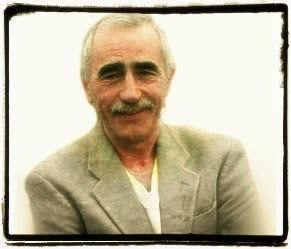
As Officer Commanding (OC) of the Provisional IRA Belfast Brigade, he was the main organiser of Bloody Friday, the biggest bombing attack ever carried out by the organisation in Belfast. On 21 July 1972, the IRA exploded 22 bombs all over the city leaving nine people dead including two British soldiers, an Ulster Defence Association (UDA) member, two teenage boys, and a mother of seven; 130 people were injured. Hughes regarded the operation as a disaster as he explained in the following interview set up by Boston College:

"I was the operational commander of the 'Bloody Friday' operation. I remember when the bombs started to go off, I was in Leeson Street, and I thought, 'There's too much here'. I sort of knew there were going to be casualties, either [because] the Brits could not handle so many bombs or they would allow some to go off because it suited them to have casualties. I feel a bit guilty about it because, as I say, there was no intention to kill anyone that day. I have a fair deal of regret that 'Bloody Friday' took place...a great deal of regret...If I could do it over again I wouldn't do it."
Initial prison escape
On 19 July 1973 Hughes was arrested on the Falls Road along with Gerry Adams (today President of Sinn Féin) and Tom Cahill. They were interrogated for more than 12 hours at the Springfield Road Royal Ulster Constabulary (RUC) barracks and later at Castlereagh before being transported to Long Kesh.
On 8 December Hughes escaped inside a rolled-up mattress in the back of a dustcart, and fled across the border to Dublin. After ten days he had returned to Belfast after assuming a new identity, becoming a travelling toy salesman named "Arthur McAllister". For five months Hughes lived in Myrtlefield Park near Malone Road, and was believed to be the new O/C of the IRA in Belfast following the arrest of Ivor Bell in February.
On 10 May 1974, Hughes was arrested following a tip-off, and the house was found to contain a submachine gun, four rifles, two pistols and several thousand rounds of ammunition. Hughes was subsequently sentenced to fifteen years in prison. Three years after his arrest Hughes was involved in a fracas, and received an additional five-year sentence for assaulting a prison officer. As he was convicted after 1 March 1976, Hughes was transferred from the compounds to the H-Blocks and lost his Special Category Status. He refused to wear prison uniform and joined the blanket protest. Shortly after arriving in the H-Blocks, Hughes became the O/C of the IRA prisoners, and in March 1978 ordered the prisoners to begin the dirty protest.
Whilst in prison Hughes formed a friendship with Shankill Butchers and Ulster Volunteer Force (UVF) member Robert Bates who later foiled a UVF plot to assassinate Hughes.
Hunger strike
Hughes was the Officer Commanding during the 1980 hunger strike. Against the wishes of the IRA Army Council, on 27 October 1980, Hughes along with six other republican prisoners, including Tom McFeely, John Nixon, Sean McKenna, Tommy McKearney and Raymond McCartney, refused food and started a hunger strike.
During the second month of the hunger strike the British Government, led by Margaret Thatcher, sent an intermediary to inform Hughes of a possible compromise, despite previously having publicly rejected any compromise.
Hughes had promised one of the hunger strikers, Sean McKenna, that if McKenna slipped into a coma that Hughes would end the hunger strike and as McKenna was on the verge of death, Hughes found himself in a dilemma. Hughes assumed that the compromise was in good faith and ended the hunger strike after 53 days. However, when the document arrived at the prison there was disappointment at the final position of the British government.
Bobby Sands had taken over as leader of the republican prisoners in the prison after Hughes began his strike. On 1 March 1981, Sands began the second hunger strike, which Hughes opposed.
Release
Hughes was released from prison in 1986, and returned to live in Belfast, staying initially at the home of Gerry Adams. He was appointed to the IRA's Internal Security Unit and liaised between IRA Northern Command and rural units in Tyrone and Armagh. In 1990, Hughes appeared at a press conference in Bilbao organised by Batasuna, the political wing of the Basque nationalist paramilitary group ETA, to support an amnesty for ETA prisoners.
He resigned from the Army Council in 1994. At the start of the 21st century, he became increasingly critical of the political direction of the Sinn Féin leadership. In 2000, he criticised the Sinn Féin leadership for allowing building firms in west Belfast to pay low wages to former prisoners and stated his belief that the republican leadership had sold out on their ideals to achieve peace in Northern Ireland.
In October 2006, Hughes was pictured on the front page of the Irish News wearing an eye patch, after he underwent an operation to save his sight which had been badly damaged due to his hunger strike.
Hughes died in hospital aged 59 on 16 February 2008.
In 2013 his grandson was convicted of riotous behaviour due to his part in a riot on 12 July 2012. Hughes and a crowd of other men attacked the PSNI at the Broadway roundabout close to the loyalist Village area. It was stated that he also indecently exposed himself to riot police.
In a recording released in 2013 after his death, Hughes named Gerry Adams as ordering the killing and secret burial of Jean McConville (who Hughes said was a British agent), in 1972. Adams denied any role in the death of McConville and said Hughes had been lying.
